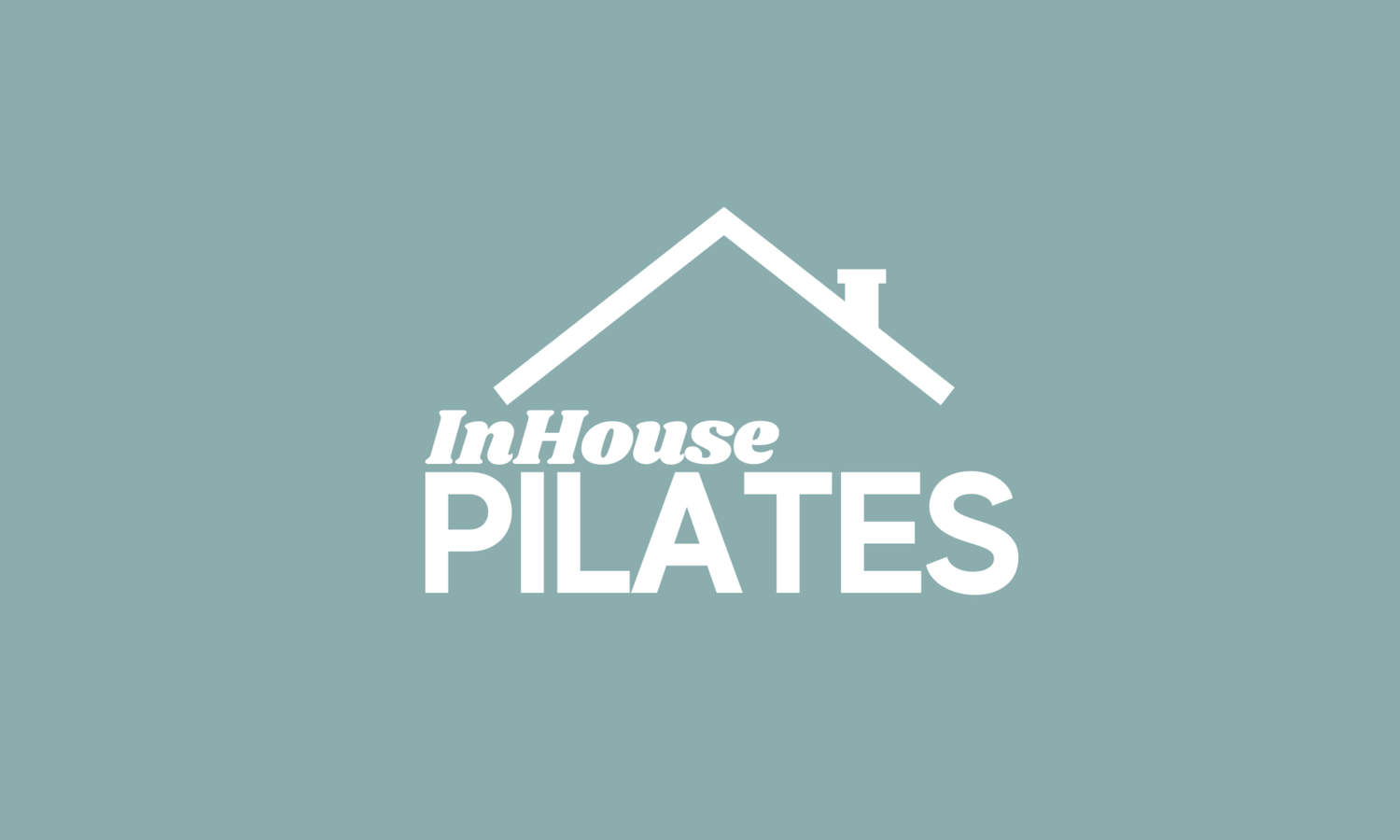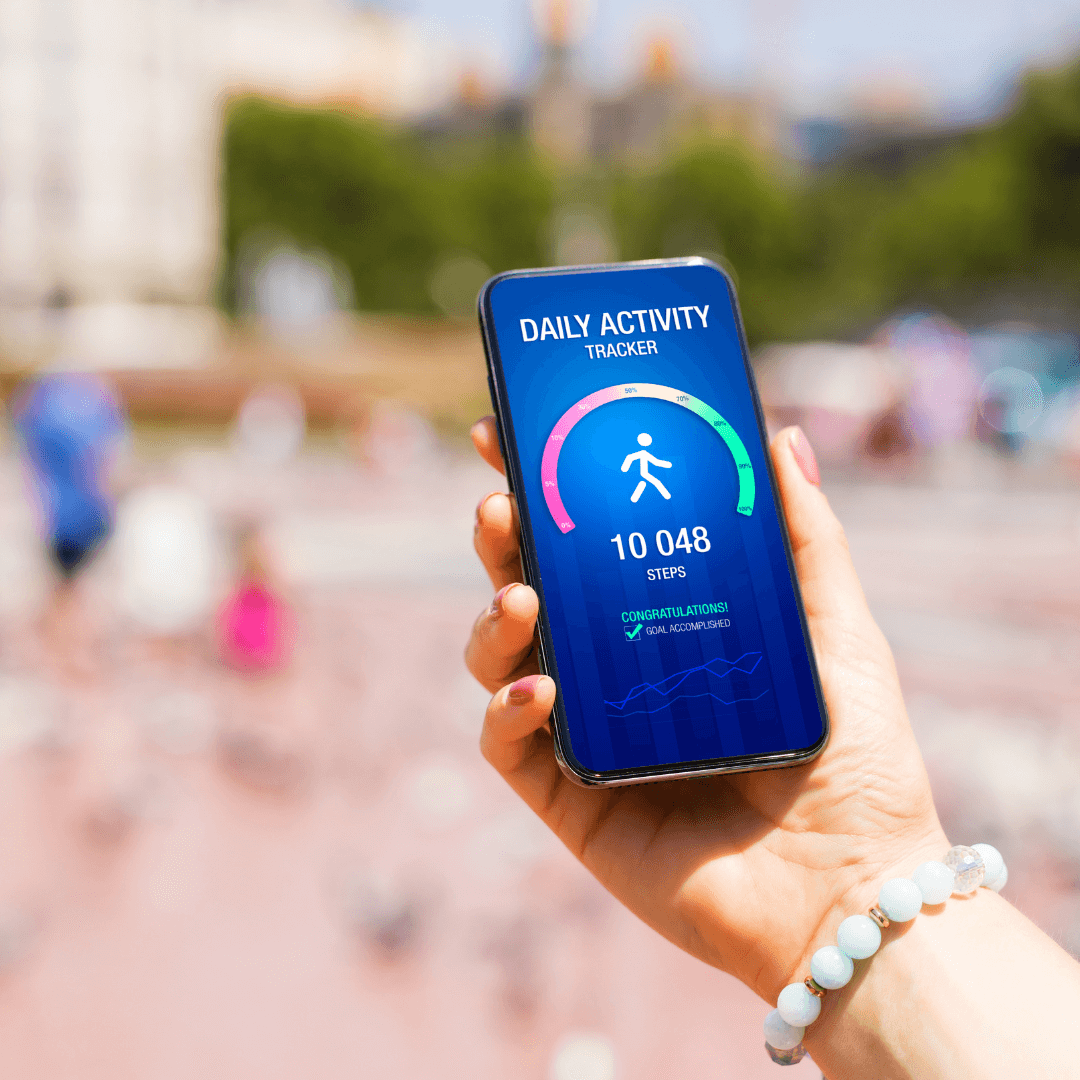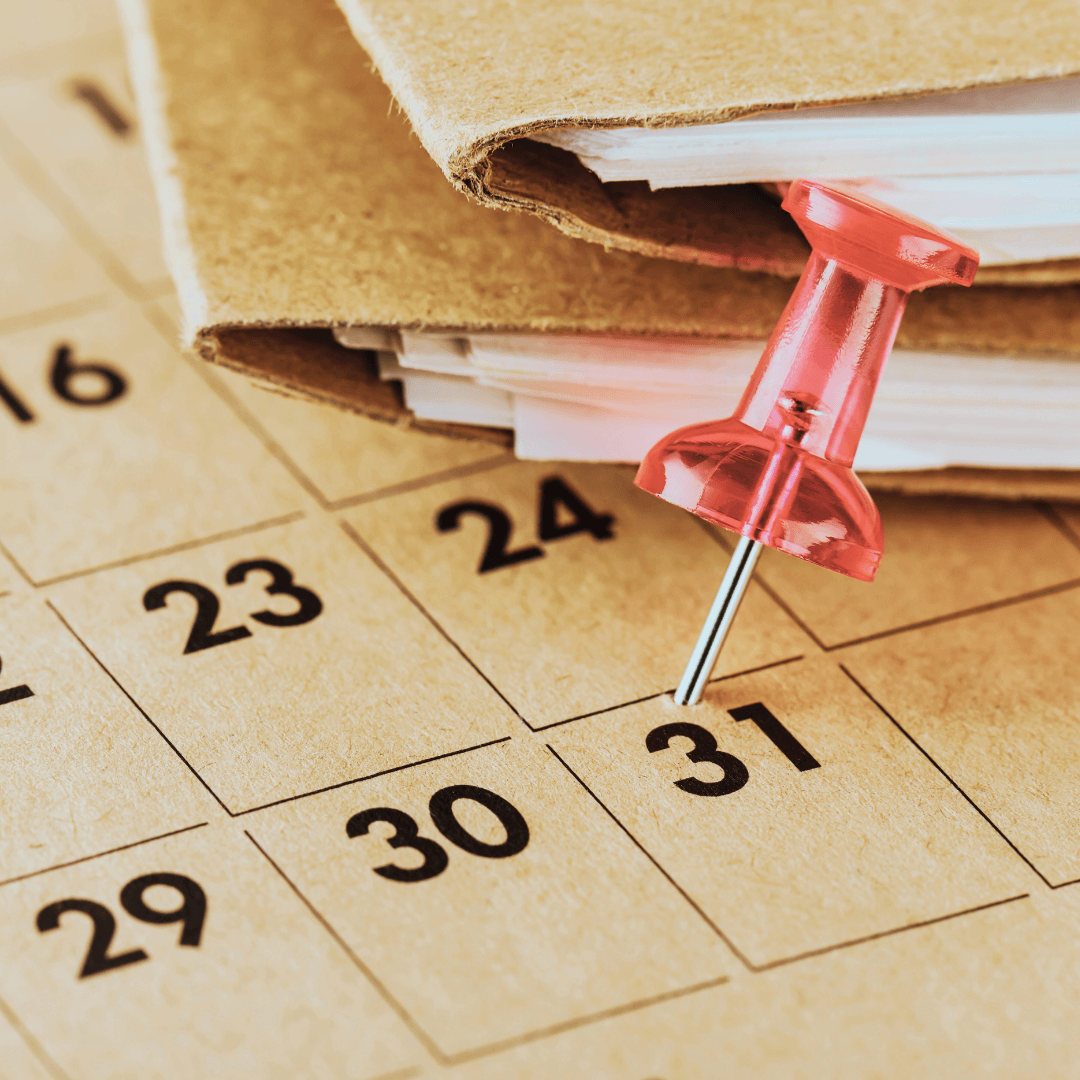Achieve success with S.M.A.R.T.E.R goals
A step-by-step guide on how to achieve your goals.
An HCF survey of over 1,000 Australians, revealed the following:
Over 80% said they set New Year's resolutions, although
46% admitted they became too busy to stick to them.
Focusing on health-related resolutions, 62% of the respondents said the cost-of-living pressures impacted their health goals over the past year,
A third admitting they had to cut back on fresh food.
The most popular resolutions for 2023 were:
To do more physical activity or exercise (52%);
To lose weight (47%)/to eat more healthily or improve nutrition (47%);
To stress less (42%);
To make more money or chase financial freedom (38%); and
Get more sleep (37%).
Statistics indicate that only 4% of people who make New Year’s resolutions stick to them, with
80% dropping them before the second week of February.
Does this sound like you? So what can you do differently this year to meet your resolutions?
Firstly, even before we set goals, let’s look at why we should set them.
Research shows that it motivates us, gives us a sense of purpose, and helps us feel accomplished.
You’ve heard about S.M.A.R.T goals, but have you heard of S.M.A.R.T.E.R. goals?
S.M.A.R.T. goals is an acronym that represents a framework for setting effective and well-defined goals.
Each letter in the acronym stands for a specific characteristic of a goal that contributes to its clarity and achievability.
Before choosing a specific goal, try this.
Find a strong emotional reason for your goal, start by asking yourself, "What happens if I don’t reach it?" Keep asking "What’s so bad about that?" after each answer, until you find something that triggers a strong emotion. If you don’t feel strongly, change your goal.
Step 1: - Specific
When you chose your goal/s and write them down, whatever they may be; healthy eating, weight loss, start exercising, read more etc, they need to be very specific and clear, answering the questions of what, who, where, when, and why.
What exactly do you want to achieve?
Who is involved or responsible?
Where will it take place (if applicable)?
Why is this goal important?
Being precise provides a clear direction.
For example: Instead of saying ‘I want to exercise’, be more specific with your what, who, where and why and say ‘I will walk for 30-minute, 5 days a week' or ‘I am going to run 3 days a week and train for a 5k run. in 12 weeks time.’
.
Step 2: - Measurable
Now that you’ve chosen your what, who, where, when, and why of your goal, it time to think about what your goal/s will look like?
How would you know when you have achieved it?
How will you track progress?
Goals should include a way that allows progress or a way in which the goal, once achieved, can be measured.
This includes a measurable metric that allows you to monitor your accomplishment and determine when you have achieved your goal.
According to research by Teresa Amabile from Harvard Business School, tracking these small, achievable steps can keep you motivated and help you feel a sense of accomplishment as you progress on your journey.
“In psychology, there is a core principle, if you can measure it, you can change it.
Measurements serve as a source of inspiration to allow you to see where you began and where you are.”
For example, if your goal is to lose some weight, then you would use a scale or measuring tape to assess if you have lost weight.
Another example of a measured goal is to measure progress by keeping track either by wearable a tracking tool like a Fitbit or Apple watch, or use a workout planner (click here to request your pdf for Daily Workout Planner)
Regardless of which method you use for tracking your goal, they should track your the duration and intensity of each workout session.
For example: If you want to do 30 minutes of moderate-intensity cardio exercise 3 days a week, then you would use the following:
Frequency:
To track the 3 days that you are working out, you would either use your diary or calendar or fitness app to mark off each day you complete a session.Duration:
To measure the time spent on each session and to ensure that you meet the 30 minutes, you could track your time using a fitness tracker.Intensity:
To keep track of the intensity of the exercise, you could use a heart rate monitor or heart rate zone tracker or perceived exertion, ensuring that you are staying well on track to keeping your objective of regular, moderate-intensity cardio exercise.
“Keeping track of your goals also helps you identify the successful journey along the way to achieving the end result,” says Dr. Perlus. “You also can evaluate plateaus or ‘glitches’ in your progress and tweak your efforts.”
Step 3: - Achievable/attainable
Is the goal realistic and attainable given your resources and constraints?
What small actionable steps will you take to reach your goal?
Do you have the necessary support to achieve that goal i.e. do you need a coach?
I must just add that your goals should be yours alone, not one that your BFF's or anybody else has suggested you make.
YOUR goal will drive you to achieve it. You can’t be driven to achieve someone else’s goals.
While it's good to set ambitious audacious goals, they should still be within reach.
Take into consideration the time you have available to invest in your goal, the money or other resources it may need and the effort it will take to reach that goal.
An example of achievable or attainable goals for eating healthy: Ensure the goal is realistic and attainable based on your lifestyle and dietary preferences. Gradually incorporate healthier food choices instead of making drastic changes.
Or if you’re wanting to start exercising, choose an exercise routine that fits your current fitness level and gradually increase intensity to avoid injury or burnout.
On that note, if you have never exercised before, or if it has been a while, start small and as a beginner. I have seen it so many times when women start exercising, they exercise everyday for hours, only to burnout and hate exercising, finding it too hard.
Step 4: - Relevant/realistic
Goals should be aligned with your values, overall objectives and contribute to your broader aspirations.
They need to make sense in the context of your larger mission or purpose.
Examples for eating healthy is to align your dietary goals with your overall health objectives, such as weight management or improving energy levels.
Or if you’re starting to exercise, relate your exercise goal to broader health goals, like reducing the risk of chronic diseases or improving mental health.
As previously mentioned in Step 3, when choosing your goal/s they must be relevant or realistic and attainable based on your lifestyle, family and work commitments, dietary preferences, time allocated and resources available to achieve them.
Step 5: - Time-bound
Goals should have a specific timeframe or deadline. This will keep you accountable.
When will you start working on your goal?
This helps create a sense of urgency and provides a timeframe for evaluation and completion.
You could have a 3 or 6 month goal.
Just a note on that; if you are a procrastinator, you may benefit from having a weekly goal instead of a longer term goal like a 3 or 6 month one.
An example of time-bound goals relating to eating healthy is to set a timeframe for achieving specific changes during the week, like "reduce eating fast foods to once a week within the next month."
With regards to starting to exercise: Start with a timeline, like "I will start exercising on Monday and then set milestones for increasing the duration or intensity over time.
Now we expanded S.M.A.R.T. to become S.M.A.R.T.E.R: -
Step 6: - Evaluate
Regularly assess your progress and adjust your goals as needed, they shouldn’t be written in stone.
Evaluation allows you to stay on track, identify potential obstacles, and make necessary changes to your approach. Life happens.
Regularly assess your progress by either reviewing your food journal, checking fitness improvements, like how much you have increased your time or distance if walking was your goal.
Adjust your plan based on the evaluation, whether it involves tweaking your diet or modifying your exercise routine.
Step 7: - Reassess
Periodically re-assess the relevance and feasibility of your goals. Circumstances and priorities may change, requiring adjustments to your objectives.
“The only way to make sustainable, long-term progress toward your goal is to be consistent. Consistency is the real “secret” to success. Put in the work, day after day, and all that hard work will add up over time.”
Other tips with regards to setting your goals.
Before you even start writing down your goals, “Connect every goal to a ‘why’.
As you choose your goals, think about your ‘why’. Why do you want to achieve your goal?
For example, If your goal is to become fitter, why? So that you can run around with your kids or grandbabies? Or not feel so exhausted all the time. Gone are they days that you only want to workout to look good. Instead say, ‘I want to workout to increase my bone density, improve my grip strength or improve my muscle strength so that I can stand up from being seated, or walk up stairs without feeling that I don’t have the strength in my legs to do so. You get the general idea?
Why choose that specific goal?
Why now?
Why is this goal essential to your happiness?
How would it make you feel to achieve that goal?
Achieving goals become easier when they’re meaningful and connected to a reason and purpose - your ‘why.’
To do that, use this simple statement: “I want to ______________ so that I can _____________.” - ‘5 Ways to make sure you achive your goals this year.’ Allison Walsh - Harvard Business Review.
Write your goals down
Why write them down on paper, not on your phone or any other digital device you may use:
You see your goals in written in black and white.
Once written down, you can see if this/these goal/s are specific enough or if they need further tweaking.
Written goals are a constant reminder of what you are pursuing to achieve.
The research is conclusive. Dr. Gail Matthews, a psychology professor at Dominican University in California, did a study on goal setting with 267 participants. She found that you are 42 percent more likely to achieve your goals just by writing them down.
Make them visible
Write your goals down. But not just in a diary to be forgotten for the rest of the year but where you can see them EVERY day.
Write them onto something that you can stick on your bathroom mirror or next to your lightswitch.
If you get used to seeing them in that one spot, change it and place it somewhere else that you will notice them.
Break your goals down
If your goals is to walk for 30 minutes, for 3 days a week, but you can barely manage to walk for 10 minutes at the moment.
Let’s break that down further into manageable bites like; -
Walk every morning for 5 minutes after breakfast, again after lunch and then after supper until I feel less puffed and can add another 2 minutes onto my time and walk for 7 minutes 3 times a day until I am able to walk 10 minutes at at a time.
Now that you are able to walk for 30 minutes broken up three times, start increasing the 10 minutes to 15 minutes, twice a day. Do you see where I am heading with this?
Once you are able to easily walk 15 minutes, twice a day, you can start walking your 30 minutes consecutively, 3 days a week and boom you hit your goal.
Time to take action
Once your goal has been written down, start by writing down the smaller steps you can take to achieve those goals. Breaking a larger goal down into smaller ones either monthly or weekly or daily will make them seem possible.
For example, If I want to run a 5k fun run in 12 weeks time, but have never run or walked, then I need to start walking for 1 minute and then run for 20 seconds every Monday, Wednesday and Friday, for 3 weeks, until I am able to walk for 1 minute and run 1 minute to build my fitness level without injury.
Once I can do that I will then increase my running time, and drop the walking until I am comfortable running 5K.
Remove obstacles before you begin.
Before you begin working towards a goal, think about what might stop you from reaching it.
Write down any obstacles, excuses, or fears you can think of, and figure out how you can deal with them.
Writing these things down takes away a lot of their power.
Celebrate wins, regardless of how small they are.
After you finish a task, take a moment to think about what went right and give yourself a pat on the back, so to speak.
Enjoying your successes not only feels good and makes your brain happy, but it also makes it more likely that you'll keep doing the things that help you achieve your next goal.
There you have the S.M.A.R.T.E.R. version of goals and other tips to help you achieve your goals. By incorporating the S.M.A.R.T.E.R. elements into your goals you create a more structured and actionable plan, increasing the likelihood of success and long-term adherence.
If you would like a printable pdf worksheet to write down your S.M.A.R.T.E.R. goals, please click here.
You’ve got this!









